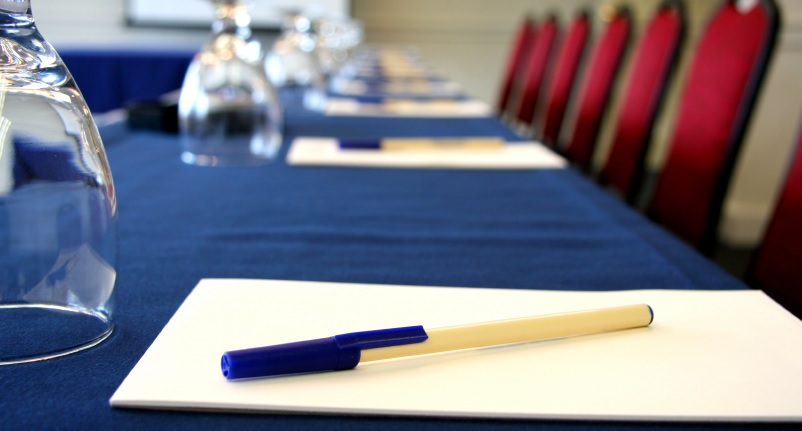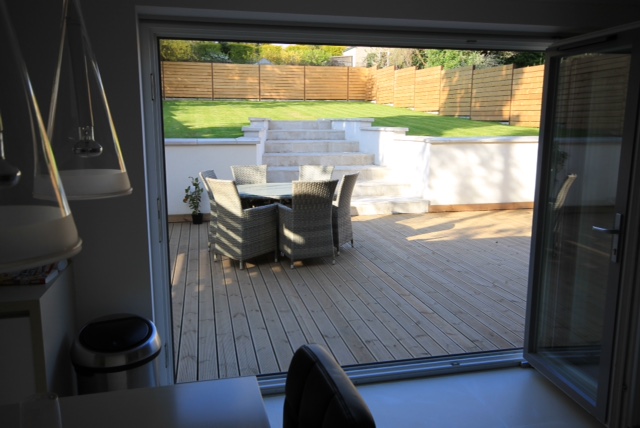Whether you are arranging a product launch, an AGM, a conference or a meeting, you want to convey a message to the people that attend. And one way to get your message across more effectively is to plan an effective seating arrangement for participants. The seating layout makes a big difference to how people see, hear, and understand what you are telling them. Here are five of the most popular seating arrangements for events.

1. Theatre
This is one of the most popular layouts for a conference, and the simplest way to arrange seats – all seats facing the front of the room with the chairs set up in straight, consecutive rows like the seating arrangement you find in a cinema. You can have this set-up in a large conference theatre or in a smaller meeting room. The benefits are that everyone faces the same way and you can get the most amount of people in the room. The issues are that there is no way to serve food or drink, and that there is limited audience interaction as everyone must face forward. Large Conference venues often have a large theatre-style arrangement for conferences and large meetings.
2. Classroom
The arrangement is similar to theatre but there are tables attached to the chairs so that people can write, similar to the set-up in a classroom or a lecture hall. The benefits are the same as above, with the addition that people can take notes and there is also space to rest food or drink. The downsides remain the same as with a theatre style.
3. U Shape
The configuration of chairs makes a U shape with the chairs arranged in a layout with an open end so that the audience faces inwards but there is space at the end for a screen or a presentation podium. Using the layout allows the presenter to interact with the audience members and with people facing each other, there is more audience interaction. But seating capacity is reduced and some people will be side-on to the podium.
4. Hollow Square
Like a U Shape layout, this has chairs and tables arranged in rows facing inwards, but there is no open end. As all the people are facing each other there is more interaction, and it is easier to eat and drink. However there is no main area for a focal point or presentation.
5. Boardroom
This makes the same shape as a Hollow Square but there is no interior space – this is taken up by a large table. This is a popular set-up for smaller meetings, briefings, interviews, and presentations.






